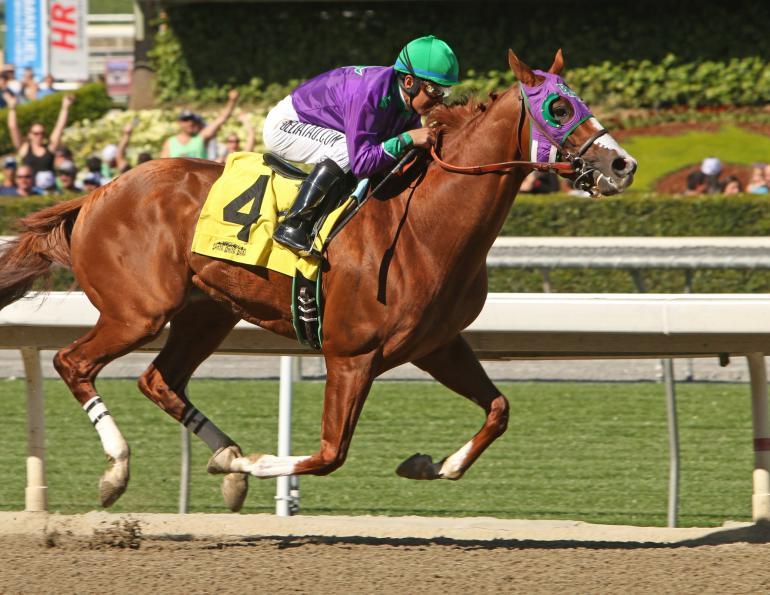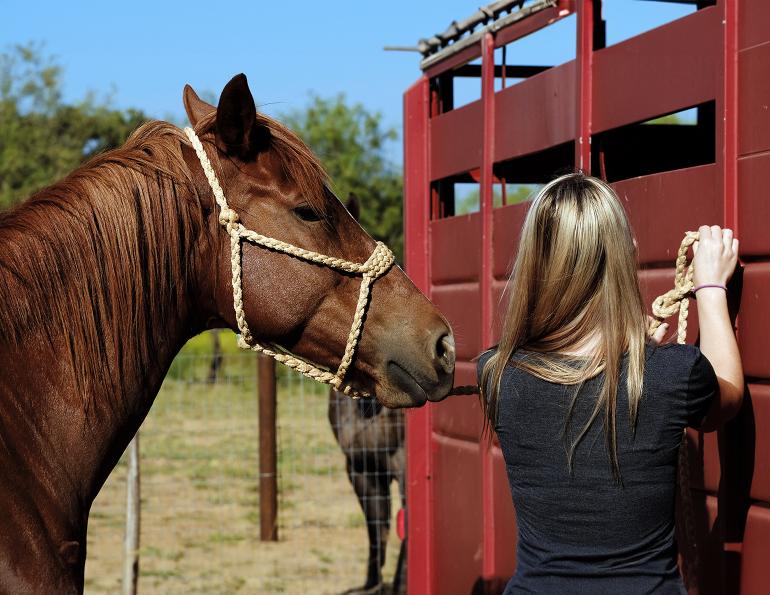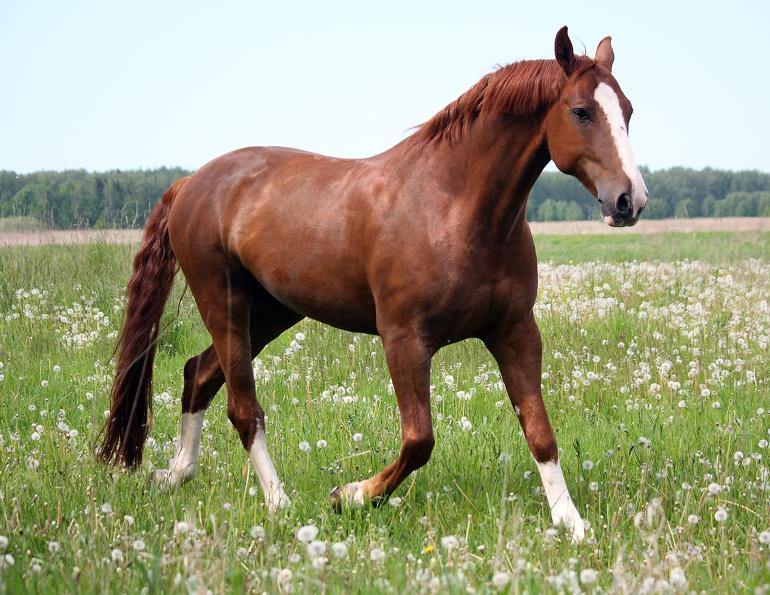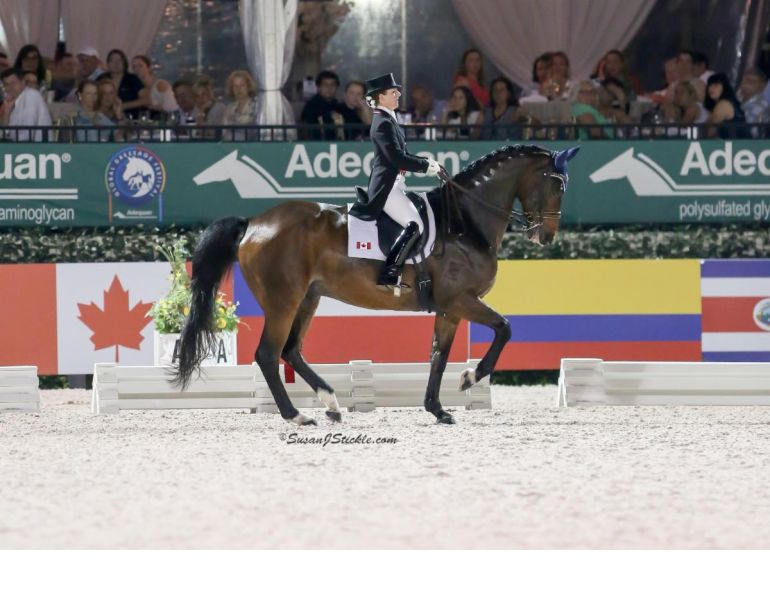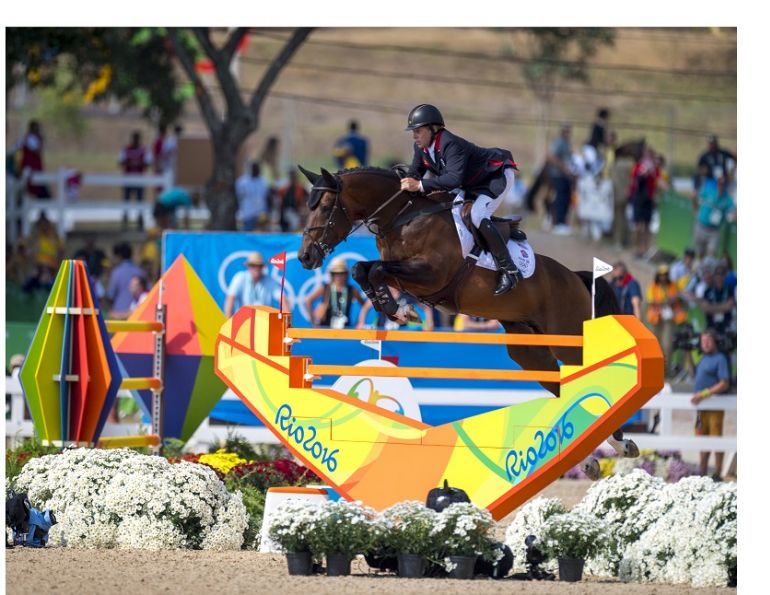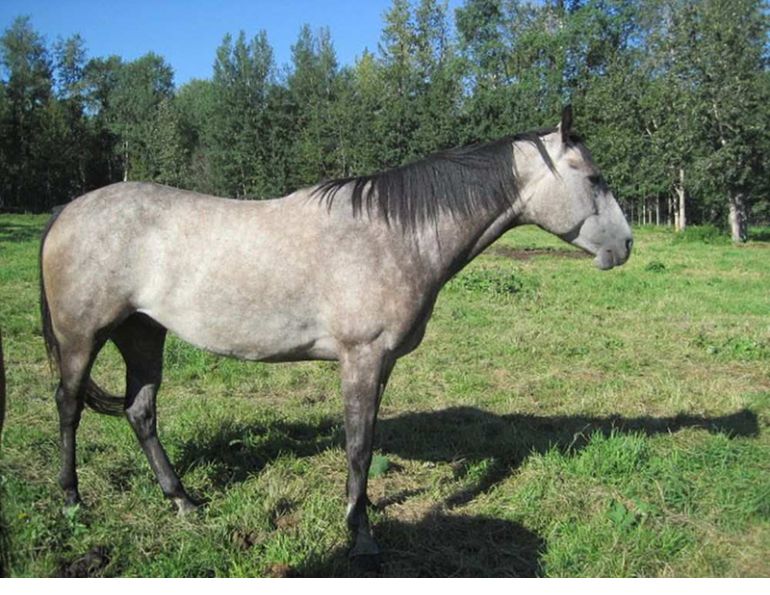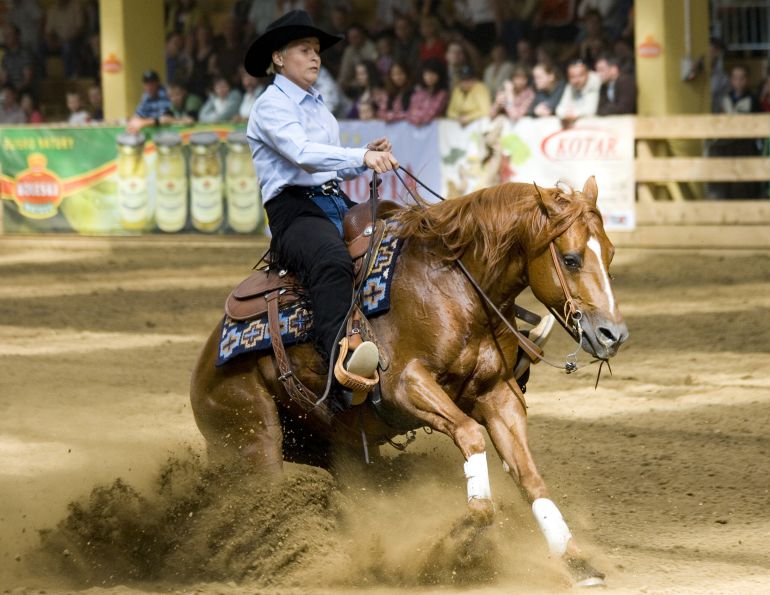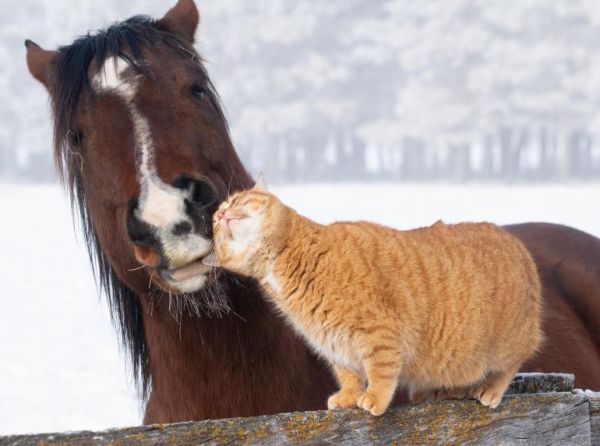May 21, 2014
By Kansas State University
Researchers find equine nasal strip reduces lung damage, may improve performance.
Debate continues on the decision to allow California Chrome, winner of the 2014 Kentucky Derby and Preakness Stakes, to wear a nasal strip in the third leg of the Triple Crown, The Belmont Stakes. But Kansas State University College of Veterinary Medicine researchers who tested the product say the focus should be on the nasal strip’s health benefits and not on possible performance enhancement.
The university’s Howard Erickson, professor emeritus of anatomy and physiology, and David Poole, professor of kinesiology and anatomy and physiology, researched the Flair® nasal strip used by the thoroughbred racehorse and found it can help reduce lung damage in horses.
“I think the Flair® nasal strip was beneficial for this horse, and the Flair® nasal strip has been shown by our research to reduce exercise-induced pulmonary hemorrhage by approximately 50 percent. I think that is beneficial," Erickson said.
Unlike humans, horses only breathe through their nose. Poole said that when a horse breathes, it can generate a negative pressure in its lungs. High-intensity activities like races, combined with a narrow nasal passageway, put extra pressure on the horse and often result in a hemorrhage in the lungs. The Flair® nasal strip is designed to alleviate that.
Poole says he was skeptical of the product when approached by manufacturers. Poole and Erickson conducted a randomized, control study on seven geldings trained to run on a treadmill. The nasal strip is designed to tent the airway and hold it open. Results showed that the nasal strip did improve the airway, leading to reduced lung damage.
“The nasal strip reduces bleeding, reduces the secondary infections that can damage the lung afterward, and also may help facilitate the horse to perform better,” Poole said.
The researchers say the nasal strip may improve performance because it reduces fatigue. They believe this is a more honest approach to racing enhancements and a better alternative than some drugs currently being used.
“Unfortunately, the horse racing industry is a mine of drugs,” Poole said. “You don’t know under any given circumstances what a horse may or may not be on.”
The Flair nasal strips are being used worldwide at other horse events like barrel racing.
Photo: Cheryl Quigley/Dreamstime.com - California Chrome has won the first two legs of the 2014 Triple Crown, the Kentucky Derby and the Preakness Stakes, and has shipped to New York in anticipation of running for the Triple Crown in the Belmont Stakes on June 7th. The flashy three-year-old chestnut colt is pictured in the San Felipe Stakes on March 8th in Arcadia, CA, with veteran jockey Victor Espinoza guiding him to a wire-to-wire victory.



